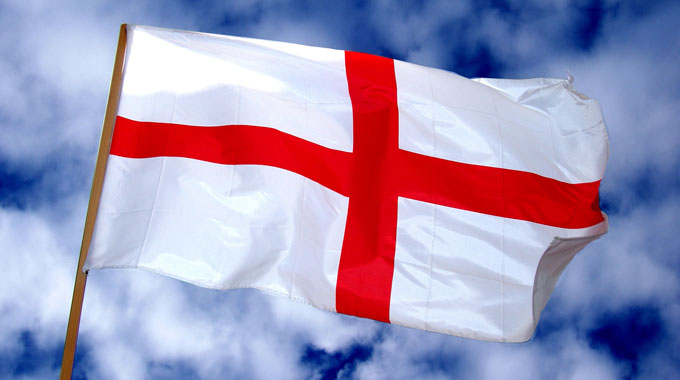As we celebrate the patron saint of England, Saint George, we look at the truth behind the heroic dragon slayer
Because of his status as the patron saint of England, his namesake red cross which adorns the English national flag and of course his encounter with a dragon, Saint George is one of history’s most iconic figures. Yet so many myths persist around this mysterious character it’s hard to know what’s real and what isn’t. We’ve gone through some of them with a fine-tooth comb to give you the low-down on our beloved dragon slayer.
True or False…
Saint George’s Day is a national holiday in England.
FALSE.
In 1222 the Council of Oxford declared 23 April to be Saint George’s Day. But it was not until more than 100 years later, in 1348, that Saint George became the Patron Saint of England. By the 15th century, Saint George’s Day had been declared a national holiday but, following the union with Scotland in 1707, the tradition had begun to diminish. Today, it is no longer a national holiday.
Saint George was born in England.
FALSE.
Saint George was in fact born in Cappadocia, in what is now Eastern Turkey, in AD 270, to Greek and Syria-Palestinian Christian parents.
Saint George killed a dragon.
TRUE-ish.
While it seems unlikely that Saint George killed a fire-breathing monster, the legend of Saint George and the dragon is around 1,000 years old – and there’s no smoke without fire, as they say. The tale goes that a dragon made its nest by the freshwater spring near Silene in Libya. Townspeople had offered sheep as a distraction so that they could get water and when they ran out of livestock, they decided to offer up a princess as a sacrifice. Just then a knight from the Crusades, George, came riding by on his white stallion. He dismounted and drew his sword, protecting himself with the sign of the cross. He fought and slew the dragon, and saved the princess, with the people so delighted that they decided to convert to Christianity.
People wave the flag of Saint George on Saint George’s Day.
TRUE.
In the past, flying Saint George’s Cross on Saint George’s Day and singing the hymn Jerusalem were traditional. People also wear red roses in their buttonholes and sometimes take part in Saint George’s Day parades.
Saint George is England’s first ever patron saint.
FALSE.
Until the 14th century, England’s patron saint was Saint Edmund the Martyr, a little known 9th-century East Anglian king.
Saint George is the patron saint of England and nowhere else.
FALSE. Patronages of Saint George exist in many other countries including Malta, Georgia, Bulgaria, Romania, Macedonia and Greece.
Saint George died a martyr.
TRUE.
After moving to Palestine with his mother, Saint George rose through the ranks as a Roman soldier. He later resigned his military post and protested against his pagan leader, the Emperor Diocletian (245-313 AD), who led Rome’s persecution of Christians. As a result, George was imprisoned, but even after torture he stayed true to his faith. Diocletian had Saint George dragged through the streets of Nicomedia, Turkey, on the 23 April 303 AD and he was beheaded.
For more on Britain and its history, subscribe to BRITAIN Magazine here






 © 2024
© 2024